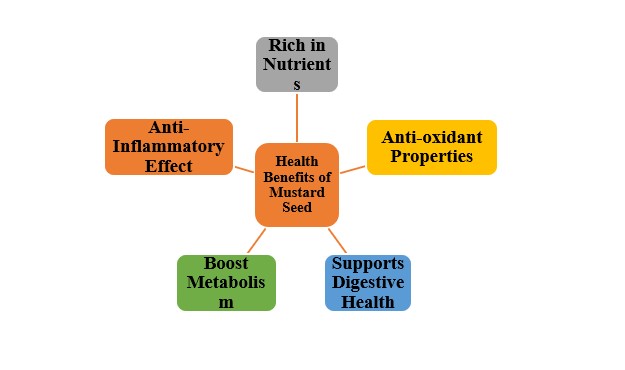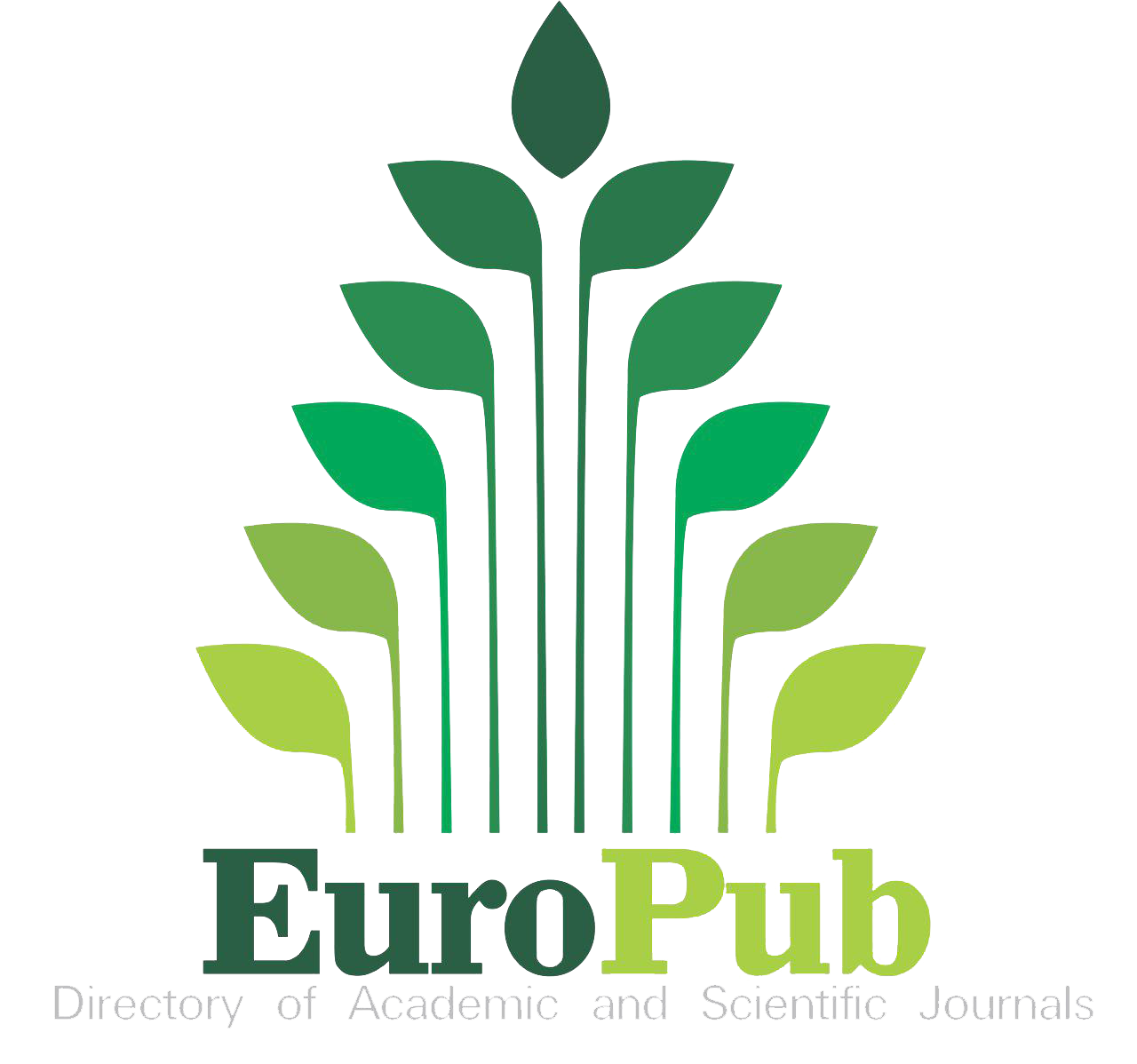Mustard Seeds and Leaves: Exploring Nutritional Benefits and Therapeutic Applications
Keywords:
Bio-pesticides, Erucic acid, Phenolic compounds, Sustainable agricultureAbstract
A multipurpose crop from the Brassicaceae family, mustard has been grown since 3000 BCE and has industrial, culinary, and medicinal uses. Due to their rich lipid, phenolic, and glucosinolate content, key species, white (Sinapis alba), black (Brassica nigra), and brown (Brassica juncea) offer special advantages. These substances have antibacterial, anti-inflammatory, and antioxidant qualities that support heart health, diabetes control, and cancer prevention. Concerns about the erucic acid content in Brassica oil, which is used extensively in culinary and medicine, have led to attempts to create safer, lower-erucic-acid varieties. Mustard is a natural preservative due to its antibacterial qualities, especially those derived from allyl isothiocyanate, and its usage in food preservation and functional foods is further enhanced by phenolic compounds like sinapine. Meals made from mustard seeds have additional uses as soil improvers and biopesticides. Despite its potential, issues including toxicity and adulteration call for additional research and quality controls. The numerous uses of mustard in industry, sustainable agriculture, and health highlight its significance and call for further development and regulation to ensure its safer and wider usage.


















